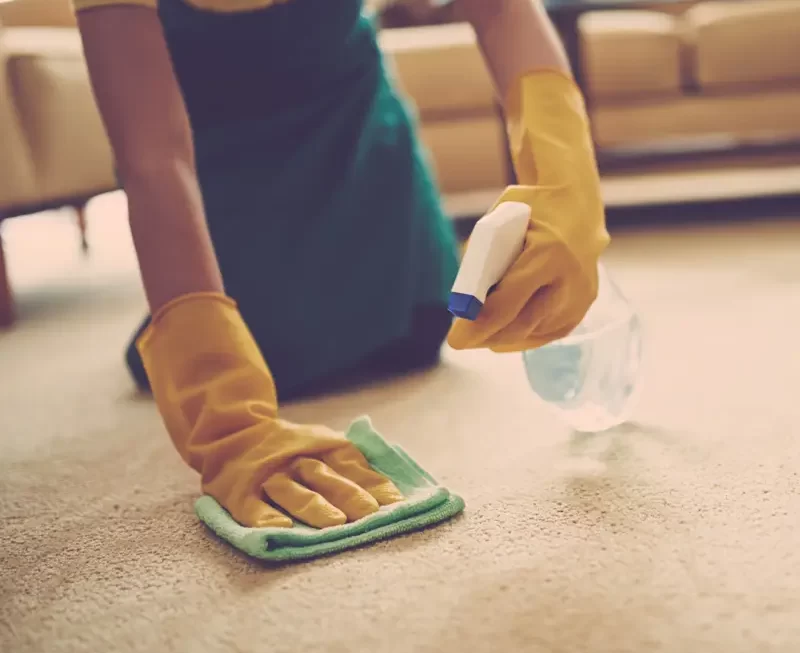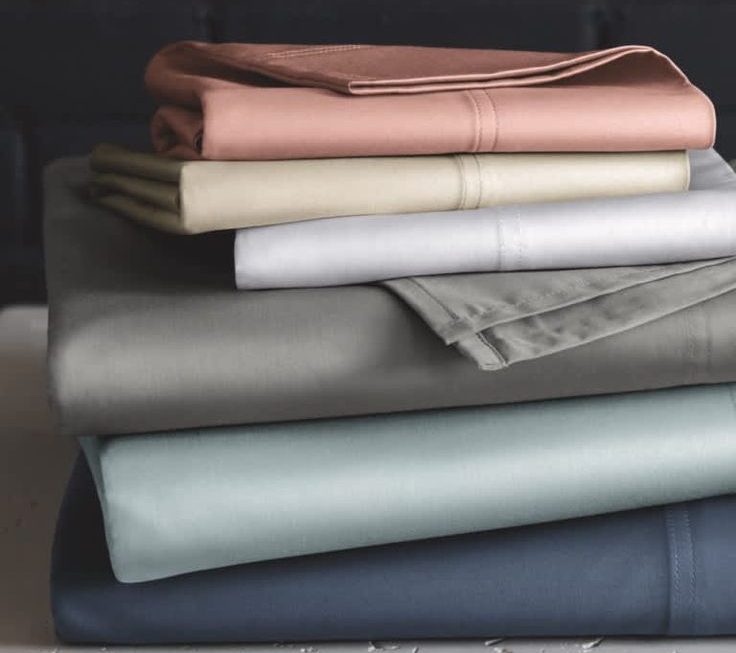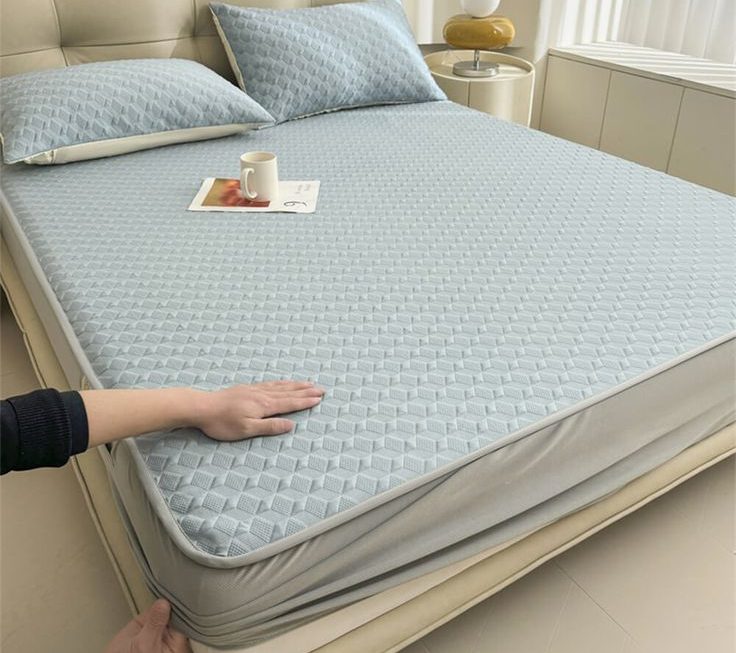Why Baking Soda is an Effective Carpet Deodorizer
The simple answer: science backs it. Baking soda, also known as sodium bicarbonate, boasts natural deodorizing qualities. Its high alkalinity makes it perfect for neutralizing acidic odors. This is why it’s a household staple not just in the kitchen but for cleaning tasks too.
Regularly, our carpets trap smells from pets, spills, and daily traffic. These odors stem from acidic molecules. Baking soda comes to the rescue by neutralizing these. When sprinkled on carpets, it tackles the root of the odor problem, not just masking scents as some chemical deodorizers do.
Another fundamental reason for its effectiveness lies in its mild abrasive texture. This characteristic lends a gentle yet potent cleaning ability, effective against grease and grime. The result is a cleaner carpet that looks and smells fresh.
Moreover, the safety profile of baking soda stands out. It’s non-toxic, making it safe for families and pets. By opting for baking soda, you avoid the respiratory risks and skin irritations tied to harsher chemicals.
Summing it up, baking soda is an excellent choice for carpet deodorizing. Its natural properties break down and absorb odors, resulting in a clean, fresh-smelling carpet, without the risks associated with synthetic cleaning products.
Pre-Cleaning Steps: Preparing Your Carpet
Before you start deodorizing with baking soda, preparing your carpet is crucial for optimal results. This ensures that the baking soda can work its magic effectively. Here’s how to prep your carpet:
- Vacuum Thoroughly: Begin by vacuuming your carpet. Remove all surface dirt, dust, and debris. Vacuums with a beater brush are best for lifting deep-seated dirt.
- Remove Furniture: If possible, move furniture out of the way. This gives you full access to the entire carpet area.
- Address Wet Spots: For damp areas, due to spills or pets, blot them first. You want a dry carpet before applying baking soda.
- Spot Clean Stains: If there are visible stains, pre-treat them. A mild carpet cleaner or diluted dish soap works well. This will help ensure the baking soda is used primarily for deodorizing.
By following these pre-cleaning steps, you’re setting the stage for successful carpet deodorization using baking soda. Remember, a well-prepared carpet is more receptive to treatment, leading to fresher, cleaner results.

How to Apply Baking Soda for General Carpet Odor Removal
To effectively remove general carpet odors with baking soda, follow these straightforward steps:
- Distribute Evenly: After vacuuming, evenly sprinkle baking soda across the carpet. Use a sieve for a uniform distribution.
- Work It In: Using a soft-bristle brush, gently work the baking soda into the carpet. This integrates it with the fibers, maximizing odor absorption.
- Let It Sit: Allow the baking soda to sit on the carpet for at least a few hours, or overnight for best results. This duration lets it absorb odors fully.
- Vacuum Again: Vacuum the carpet thoroughly to remove all baking soda. Ensure your vacuum cleaner is clear of any residue to maintain efficiency.
By following these steps, baking soda can significantly freshen up your carpet, removing odors without the need for harsh chemicals.

Tackling Tough Stains with Baking Soda Paste
Baking soda isn’t just for deodorizing; it can tackle tough carpet stains too. Here’s how to make and use a baking soda paste for effective stain removal:
Creating the Baking Soda Paste
- Mix Baking Soda and Water: Combine three parts baking soda with one part water. Adjust the mixture until it forms a thick paste.
- Apply to Stain: Using a spatula or an old toothbrush, apply the paste directly to the stained area on the carpet.
- Let It Sit: Allow the paste to sit on the stain for 10-15 minutes. This gives it time to break down the dirt.
Removing the Paste and Stain
- Scrub Gently: After the paste has set, gently scrub the area with a stiff brush. This helps lift the stain from the carpet fibers.
- Blot the Area: Dampen a clean cloth and blot the treated area to remove the paste and stain. Avoid rubbing as it can push the stain deeper.
- Repeat if Necessary: For stubborn stains, you may need to repeat the process.
- Vacuum Thoroughly: Once the area is dry, vacuum to restore the carpet’s texture.
Baking soda paste is effective and safe for most carpets. Always test a small, hidden area first to ensure suitability.
The Ideal Time Frame for Baking Soda to Sit on Your Carpet
After applying baking soda, the waiting period is crucial for full odor absorption. The recommended time to let baking soda sit on your carpet largely depends on the severity of the odors you’re tackling. For a light freshening up, a minimum of thirty minutes is sufficient. This short period allows baking soda to neutralize mild smells effectively.
However, for deeper or more persistent odors, such as those from pet accidents or lingering smoke, an extended period is beneficial. Leaving the baking soda uninterrupted for several hours, or even overnight, ensures comprehensive deodorizing. During this time, the baking soda works to not only deodorize but also loosen any particulate matter, contributing to the odor.
It’s essential to plan the application time around your household’s schedule. Ensure the treated area remains undisturbed while the baking soda does its job. After the waiting period, vacuum the carpet thoroughly to remove all traces of baking soda. This will eliminate the captured odors and restore your carpet’s clean appearance.
To summarize, short-term application works for light odors, while extended contact is best for tackling stronger smells. Always vacuum after the sitting period to complete the deodorizing process effectively.
Ensuring Proper Dryness After Baking Soda Treatment
After treating your carpet with baking soda, ensuring it dries properly is crucial. This step prevents mold and mildew growth, keeping your living environment healthy. Here’s how to ensure your carpet dries correctly:
- Maximize Air Circulation: Open windows and doors. This improves airflow and speeds up drying.
- Use Fans: Position fans strategically around the treated area. They help air circulate over and beneath the carpet.
- Dehumidifiers: In humid conditions, use a dehumidifier. It reduces moisture in the air, aiding the drying process.
- Avoid Foot Traffic: Keep the area traffic-free. This gives the baking soda ample time to work and the carpet time to dry.
- Check Dryness: After a few hours, touch the carpet. If it feels damp, allow more drying time.
By following these steps, you ensure that your carpet dries thoroughly. This process leaves your carpet clean, fresh, and safe.

Special Considerations for Pet Owners Using Baking Soda
When using baking soda for carpets, pet owners should take extra care. Pets, especially cats and dogs, spend a lot of time on carpets. They might ingest baking soda by licking their paws. Luckily, baking soda is non-toxic and generally safe. Still, it’s best to keep pets away while treating carpets. After applying baking soda, let it sit, then thoroughly vacuum the area. This ensures no baking soda remains that could stick to pet fur or paws. If your pet has a habit of licking the carpet, you may want to cover the area temporarily. Always watch for any unusual behavior in pets after cleaning. If you see anything concerning, contact your vet promptly. Baking soda not only helps with odors but can also deter pests like fleas. Yet, don’t rely on it solely for pest control. Consider consulting a vet for the best pest prevention methods.
Natural Carpet Cleaning vs. Chemical Products: Weighing the Benefits
Choosing the right carpet cleaning method matters. It’s about keeping our homes safe and our carpets lasting longer. Let’s compare natural carpet cleaning, like using baking soda, with chemical products.
First, natural cleaners are safe for everyone. Baking soda, a natural option, is non-toxic. It’s safe for kids, pets, and has no harsh fumes. Chemical cleaners often have toxins that can harm our health.
Next, natural solutions are eco-friendly. They break down easily and don’t hurt our planet. Chemical products can leave harmful residues that affect the earth and our indoor air quality.
Cost is another factor. Baking soda is cheap and found in most stores. Many chemical cleaners are more expensive and you may need several for different tasks.
Effectiveness is crucial. Natural cleaners like baking soda are great for many stains and odors. Yet, some tough stains might need special chemical products.
Lastly, chemical cleaners can be faster at cleaning tough stains. This means less scrubbing for you. But remember, they might not be the best for your health or the environment.
In summary, weigh these benefits before choosing. Natural cleaners like baking soda can be safe, eco-friendly, and cost-effective. But sometimes, you might need a chemical cleaner for a tough job. Just use it carefully and only when needed.



